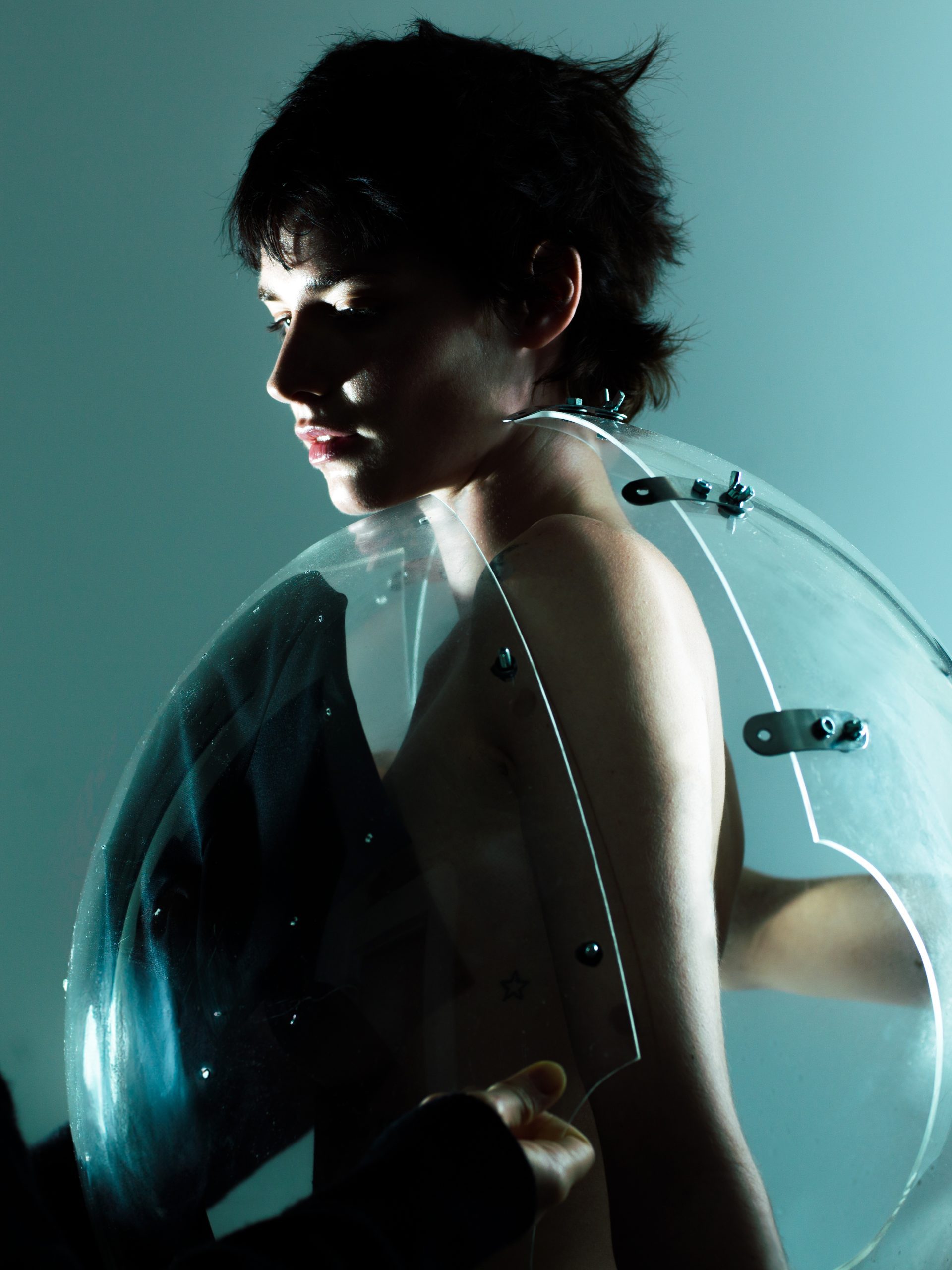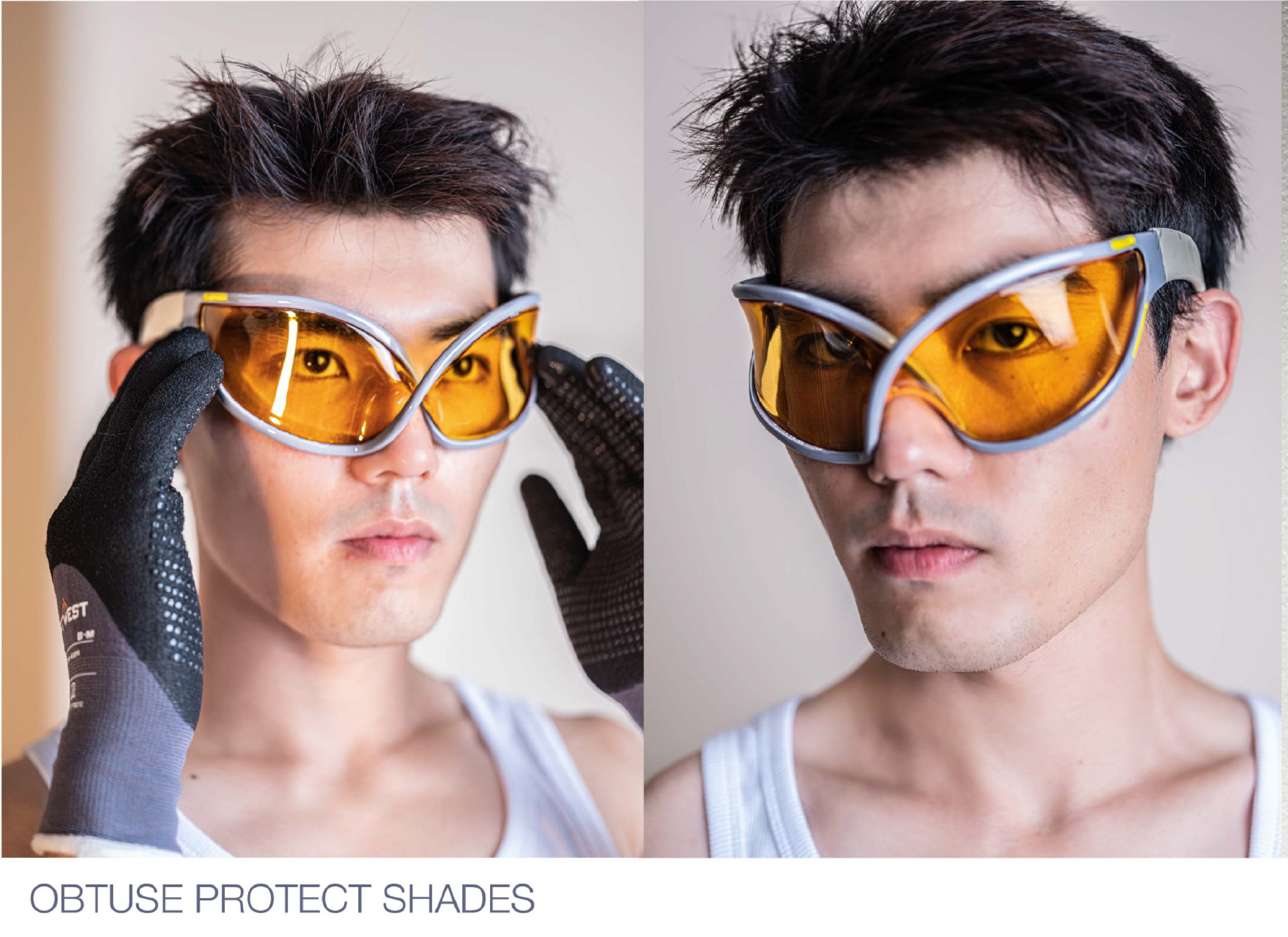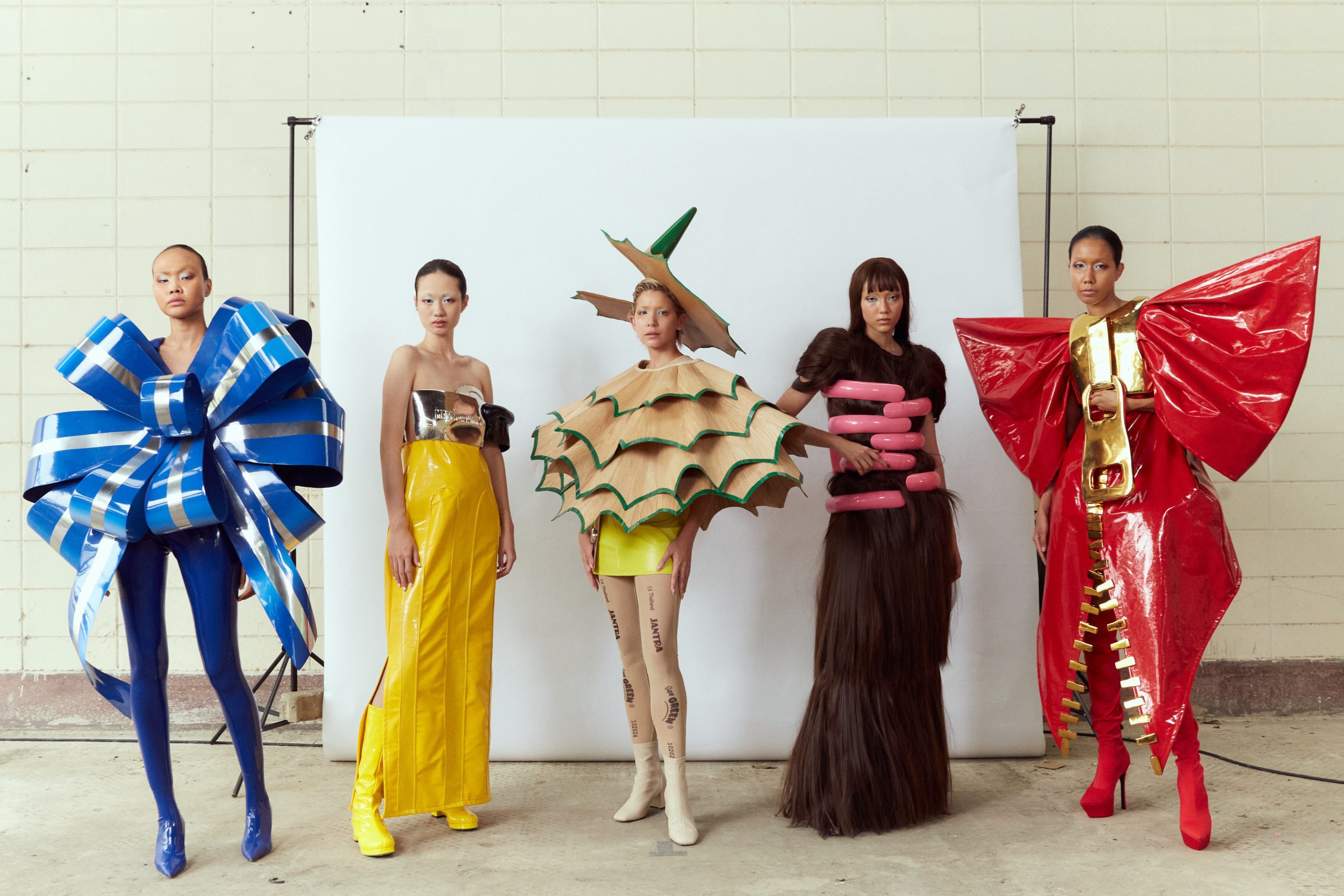“We live in a world where there is more and more information, and less and less meaning.” — Jean Baudrillard
“Hey guys, it’s Billie,” says an AI bot with the face of Kendall Jenner on Instagram, under the @yoursisbillie verified Instagram account. The result was —understandably— confusion. The top comment under this post is “i don’t like this, i don’t like where the world is heading, i’m not gonna support this” (with 25,585 likes to date).
Co-founder of Meta, Mark Zuckerberg, announced the introduction of 28 “AI assistants” which are chatboxes with celebrity faces, being positioned as a ChatGPT competitor, which will be rolled on Instagram, WhatsApp, and Facebook. Zuckerburg announced this is part of Meta’s brand strategy to keep Gen Z on their platforms. The Information report states that Meta was planning on paying creators $1m to use their image. The Information also reports that Meta allegedly paid $5m to one unnamed creator for six hours of work at their studio.
Each of the “AI assistants” will have a distinct personality. AI assistant Victor will use the image of NBA basketball player Dwyane Wade and can help users plan their workouts, Amber will use the image of Paris Hilton and will act as a forensic expert, and Billie will use the face of Kendall Jenner and act as “your local ride or die” older sister.
Researchers at the University of Oxford area coined the term “synthetic social media,” which relates to AI-generated content and personas to influence online discourse and behavior. This spectrum exists “across a wide spectrum of domains, from entertainment, education, and marketing to activism and, regrettably, even propaganda.” Meta AI assistants are the epitome of synthetic social media, and despite Meta’s best attempts, there are some real questions here that concern ethics and responsibility.
Philosopher and cultural theorist Jean Baudrillard argued in his book “Simulacra and Simulation” that society was entering a postmodern stage, where we no longer live in reality. Since we receive and process information through a series of mediated signs and symbols, we do not see the world directly, but through a hypereal construction created by advertisers, news, and entertainment. According to Baudrillard, we create a simulacrum, which is not a copy of the real, because the copy becomes truth in its own right, making it the hyperreal.
“Whereas representation attempts
to absorb simulation by interpreting it as a false representation, simulation envelops the whole edifice of representation itself as a simulacrum. Such would be the successive phases of the image:
it is the reflection of a profound reality;
it masks and denatures a profound reality;
it masks the absence of a profound reality;
it has no relation to any reality whatsoever;
it is its own pure simulacrum.” — Baudrillard
Celebrities are simulacrums because they have become a tool through which to sell an image, brands, and aspirations. Kendall Jenner was initially known as one of the sisters on the reality show Keeping Up With The Kardashians. This show is the epitome of the hyperreal: a mediated version of their family life filled with product placements, edited by a broadcasting company, and becoming a whole new reality. Jenner’s Instagram account is also a verisimilitude, meaning it contains similarity to the truth. With 294 million followers to date, Jenner tells her truth: a series of paid partnerships, editorial shoots, and selfies (obviously constructed).
The cult of the celebrity is fuelled by celebrities being symbols and an embodied dream of aspirations. Meta is reliant on parasocial relationships between users and celebrities, meaning that individuals are willing to invest emotional energy or time toward someone completely unaware of the other’s existence, for their strategy to keep Gen Z on their platforms as a competitor to other chat boxes.
“We live in a world where there is more and more information, and less and less meaning.” — Baudrillard
The success of Billie is only possible if people value her advice, and are invested in this one-sided relationship. Arguably, Meta hasn’t done a good job with this assignment, because the branding of Billie and Kendall Jenner are not aligned. Kendall Jenner is a series of signs— supermodel, reality TV star, daughter, sister. She is the highest-paid supermodel and the 10th most followed person on Instagram. Using her images through AI and under another name is going to cause dissonance because her image is so entrenched in society as a representation of someone else. Billie’s captions don’t sound like her (too cringe) and the vibes aren’t there (too smiley for the persona of a supermodel).
We see the world through semiotics— the study of signs— and the rise of deepfakes and synthetic social media, means reality is being distorted and we are losing trust in what is real. If Kendall Jenner is a symbol of the hyperreal, what does that make her bot?
“We need a visible past, a visible continuum, a visible myth of origin to reassure us as to our ends, since ultimately we have never believed in them.” – Baudrillard
Kendall Jenner doesn’t exist. The entire thing is a stimulation. Billie doesn’t exist.
Written by Amber Weir from GLITCH Magazine





